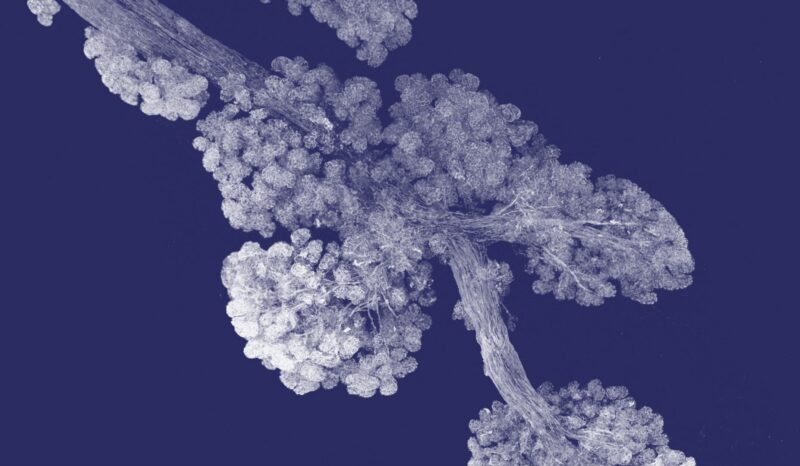WEHI Wednesday Seminar hosted by Professor Ethan Goddard
Shiyi Xi
PhD Student – Goddard Laboratory, ACRF Chemical Biology division – New Medicines & Advanced Technologies Theme, WEHI
(this is a PhD Completion seminar)
Mechanisms orchestrating the activity of tumour-suppressive A4GNT


